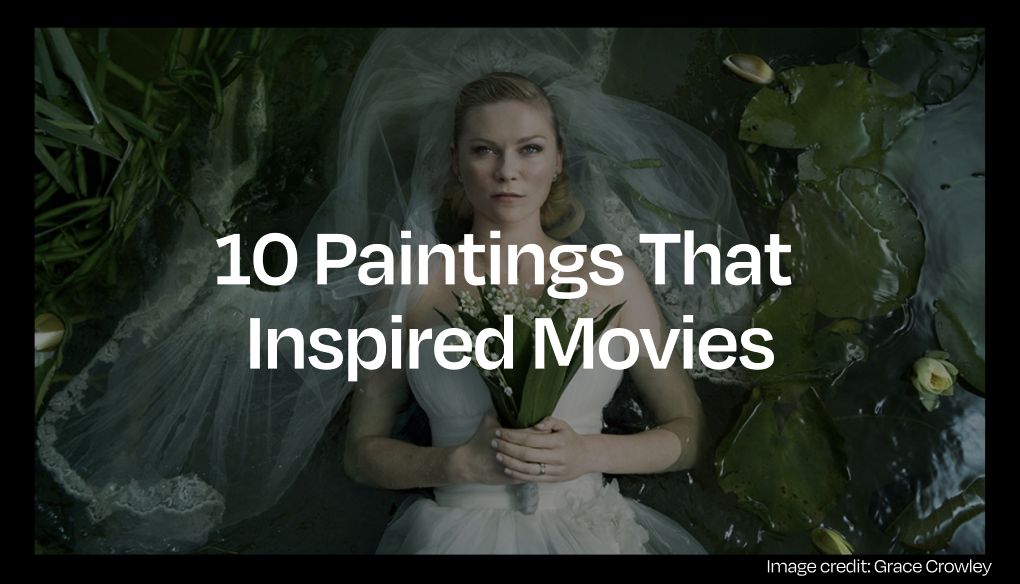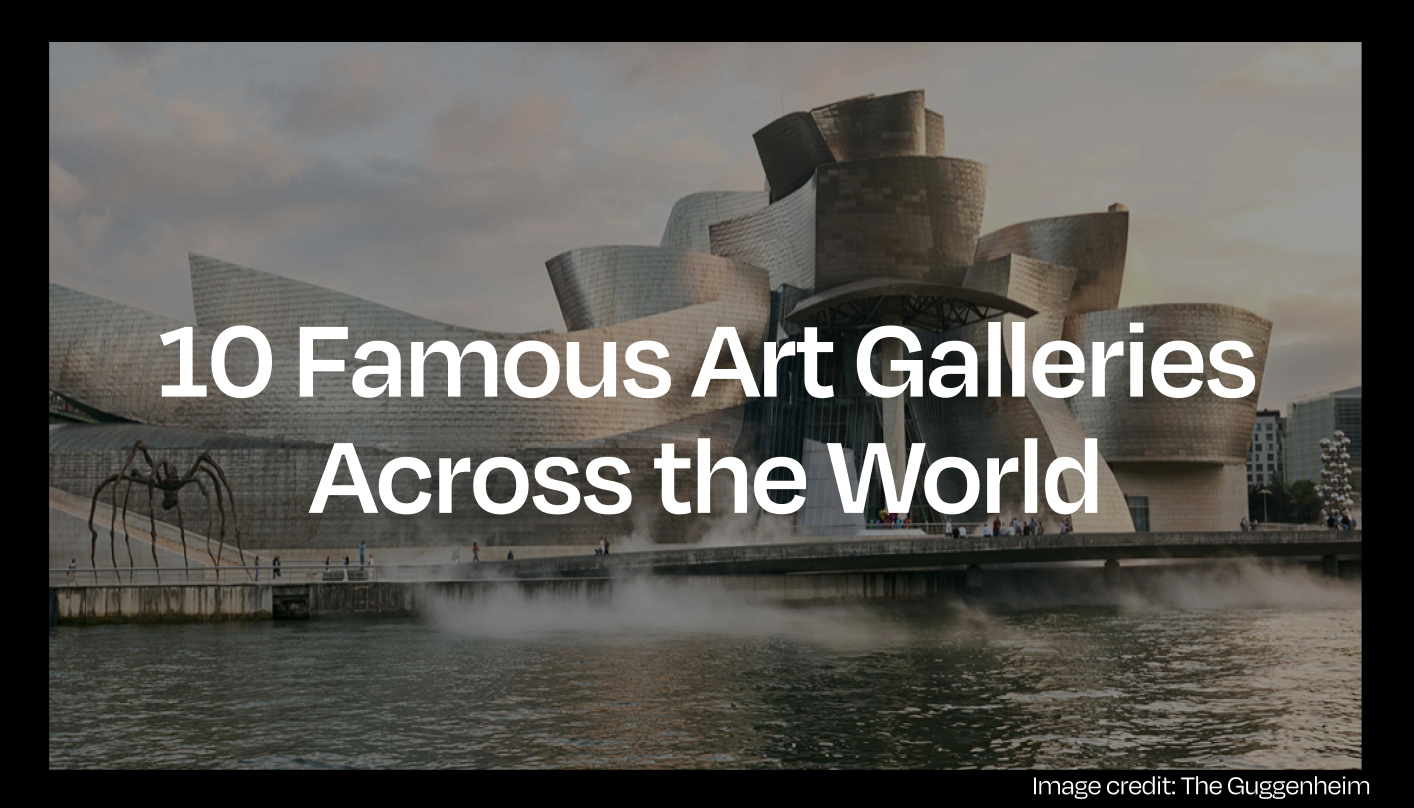
10 Famous Art Galleries Across the Globe
Famous art galleries are sanctuaries of human creativity and house a treasure trove of masterpieces that have captured the hearts and minds of countless art enthusiasts. Each gallery holds a unique collection, preserving the heritage of centuries and, in some cases, pushing the boundaries of artistic expression.
1. The Lourve in Paris, France
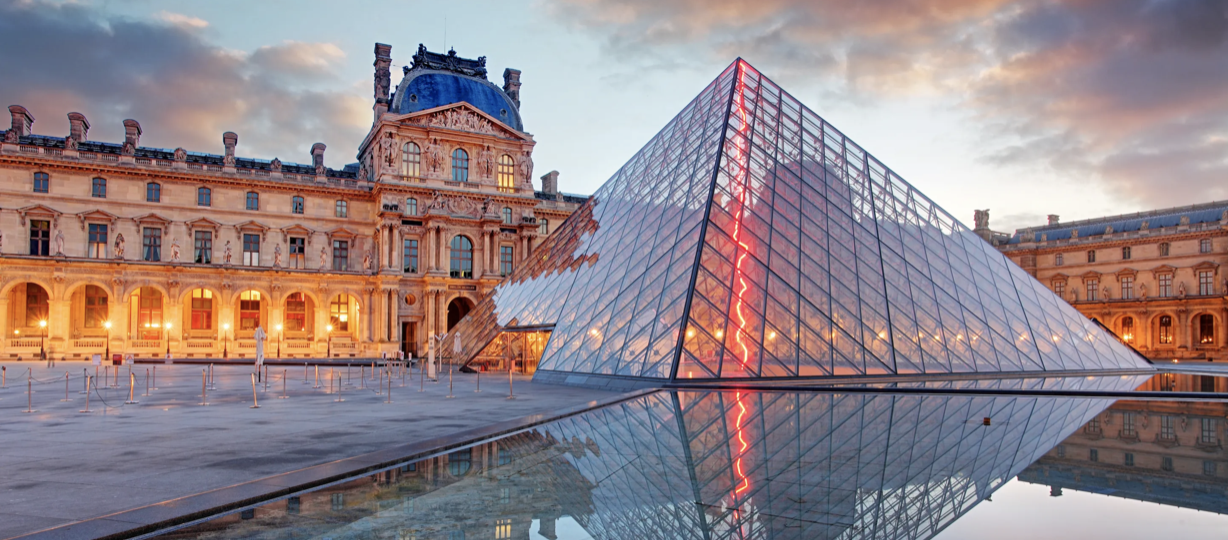
The Louvre is the very epitome of famous art galleries, regarded as one of the most visited museums globally. The gallery is an awe-inspiring labyrinth housing nearly 38,000 objects, including the legendary ‘Mona Lisa’ by Leonardo da Vinci, ‘Venus de Milo,’ and ‘Winged Victory of Samothrace.’
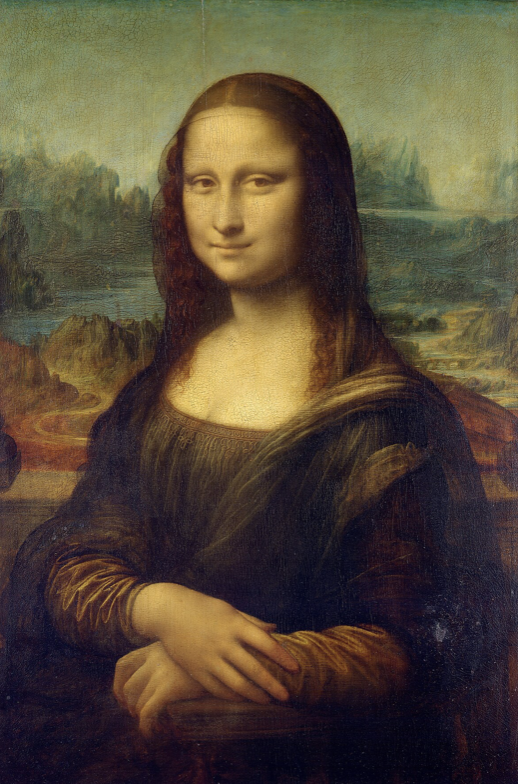
The Louvre is housed within the stunning Louvre Palace, a grand building with a long and illustrious history. Originally constructed as a fortress in the late 12th century, the Louvre Palace evolved over the centuries and served various functions, including a royal residence. It wasn’t until the French Revolution that the palace was transformed into a public art museum in 1793.
Today, the Louvre’s collection boasts over 38,000 pieces of art that span from antiquity to the 19th century. Visitors can explore a vast array of art forms, from sculptures, decorative arts, and drawings to paintings, with renowned pieces like the portrait “Mona Lisa” by Leonardo da Vinci, the “Venus de Milo,” and the “Winged Victory of Samothrace” among the highlights.
The sheer diversity of artistic treasures in the Louvre is staggering, making it a global center for art and culture. It’s not just a repository of art; it’s a journey through human history, showcasing the evolution of artistic styles, techniques, and perspectives.
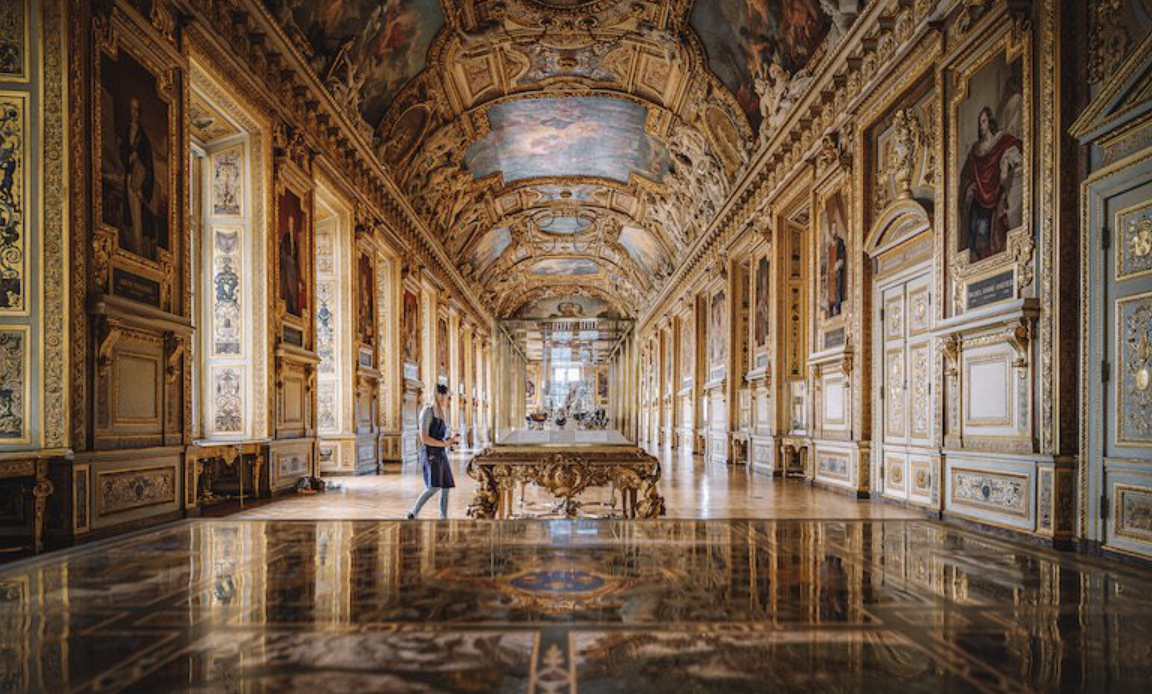
2. The Vatican Museums in Vatican City
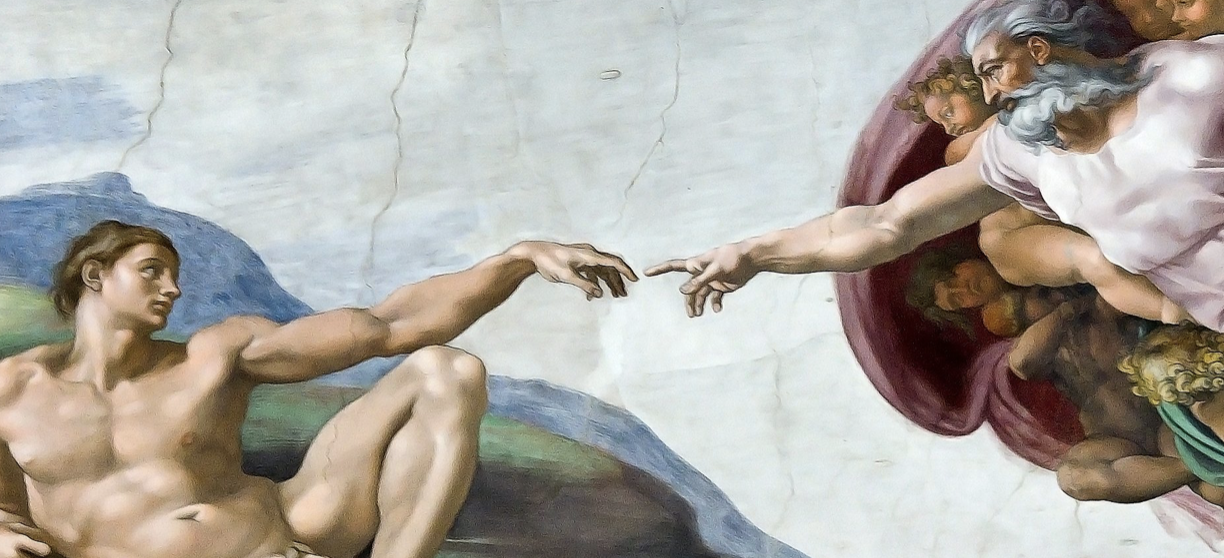
Nestled within the heart of Vatican City, the Vatican Museums are renowned for their stunning collections.
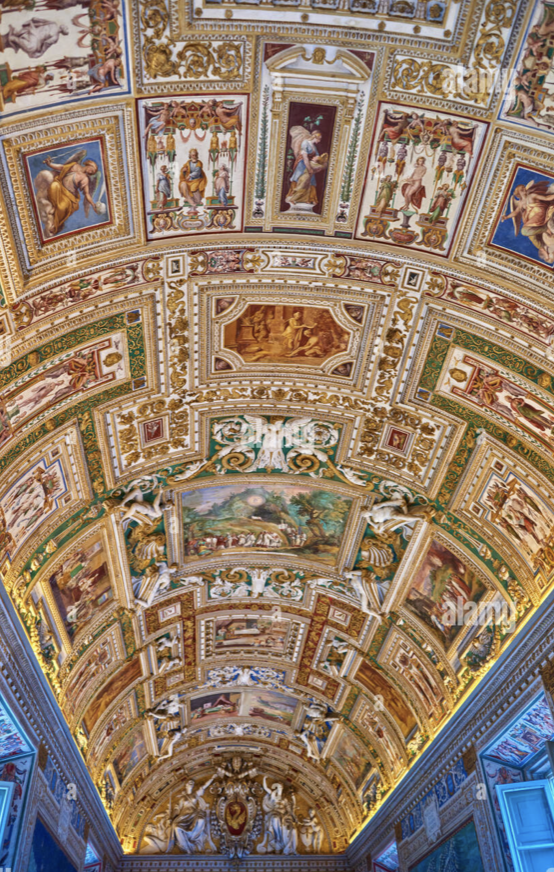
The history of the Vatican Museums can be traced back to the early 16th century, when Pope Julius II founded them. Over the centuries, they have grown significantly and continue to expand. The Vatican Museums are renowned for their extensive holdings, which span from ancient Roman and Egyptian artifacts to Renaissance masterpieces and contemporary art.
One of the most visited sections of the Vatican Museums is the Sistine Chapel. This iconic chapel is home to Michelangelo’s extraordinary ceiling, painted between 1508 and 1512, which includes the famous fresco of the Creation of Adam. Michelangelo’s Last Judgment, a massive mural on the chapel’s altar wall, is also a significant artistic achievement within this sacred space.
The Vatican Museums’ collection features thousands of works, from classical sculptures and ancient manuscripts to a wide range of art and artifacts from different cultures and historical periods. Visitors can see exquisite pieces from ancient Egypt, Greece, and Rome, along with the works of the great Italian masters like Leonardo da Vinci, Caravaggio, and Titian.
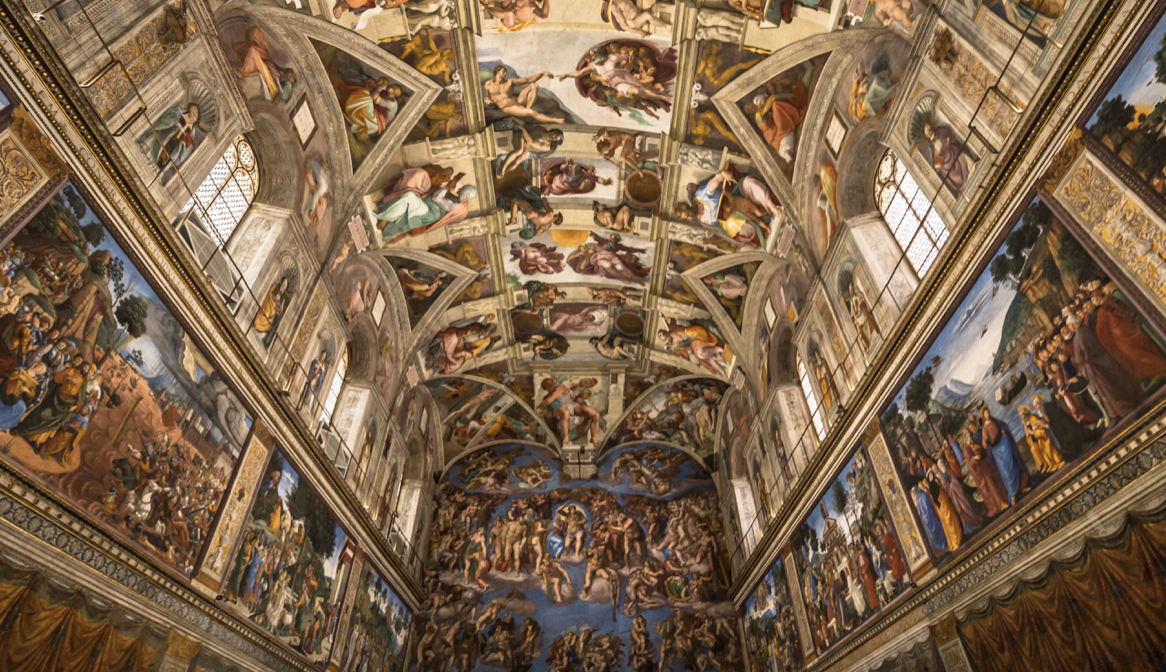
3. The British Museum in London, England
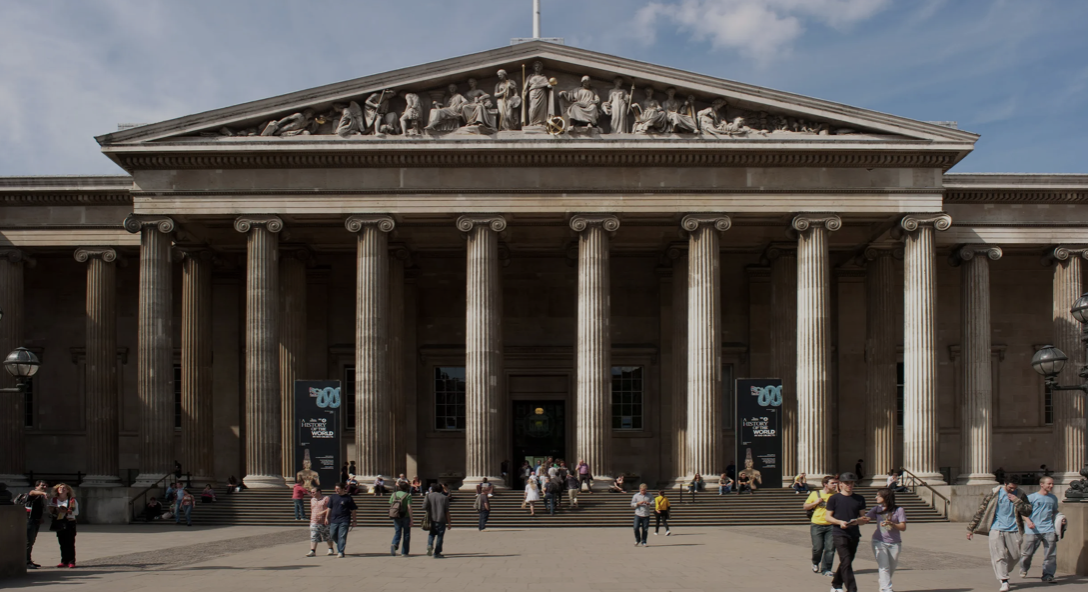
The British Museum in London, England, is one of the world’s most prestigious and famous art galleries, celebrated for its diverse collection that spans thousands of years of history and art. Established in 1753, it is the first national public museum in the world and has played a huge role in preserving and sharing the cultural heritage of human history.
The museum’s collection has over eight million objects, representing various cultures and civilisations from every corner of the globe. The British Museum covers everything from antiquities and fine art to archaeological discoveries and artefacts. Visitors can explore pieces from ancient Egypt, Greece, Rome, the Middle East, Asia, Africa, the Americas, and beyond.
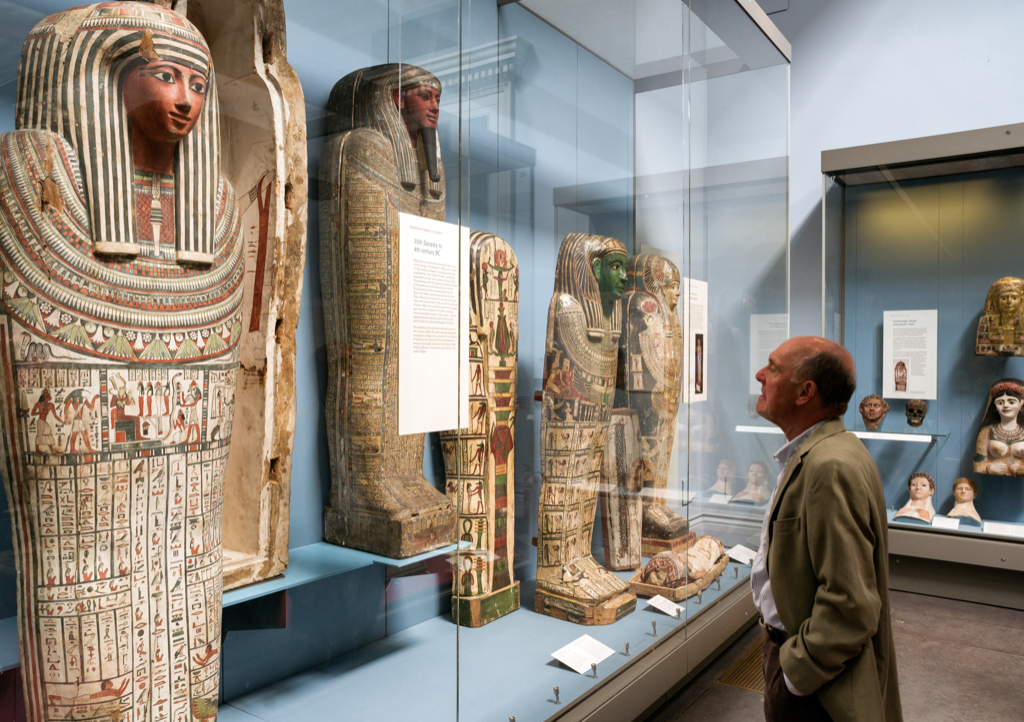
The British Museum’s commitment to education and research is evident in its various programs, exhibitions, and resources. While some of its collections have been subject to debates about repatriation, the museum remains a crucial institution for the study and appreciation of global history and culture. Its emphasis on free admission, making the collection accessible to the public, highlights its mission to educate and inspire visitors from around the world. It’s a must-visit destination for anyone interested in art, history, and the multifaceted tapestry of human civilisation.
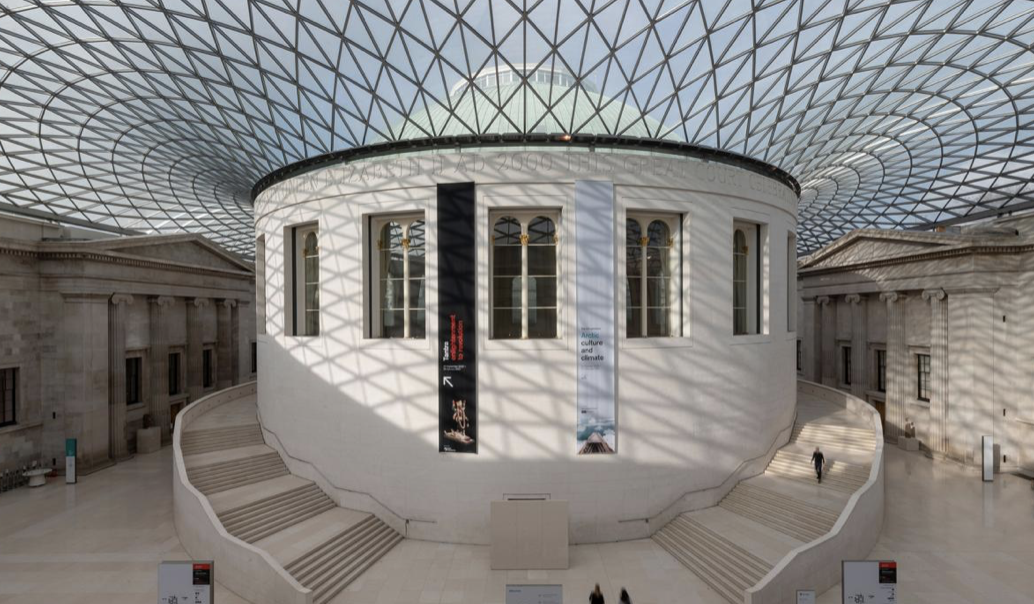
The British Museum, with its extensive and diverse collection, has been at the centre of various controversies and debates regarding the ownership and repatriation of cultural artefacts. Perhaps the most famous and long-standing controversy involving the British Museum revolves around the Elgin Marbles. These sculptures, which originally adorned the Parthenon temple in Athens, were acquired by Lord Elgin in the early 19th century and later purchased by the British Museum. Greece has repeatedly requested their return, arguing that they were removed without proper authorization and should be reunited with the rest of the Parthenon sculptures. The dispute has sparked international debate and negotiations, yet the British Museum continues to hold the Elgin Marbles.
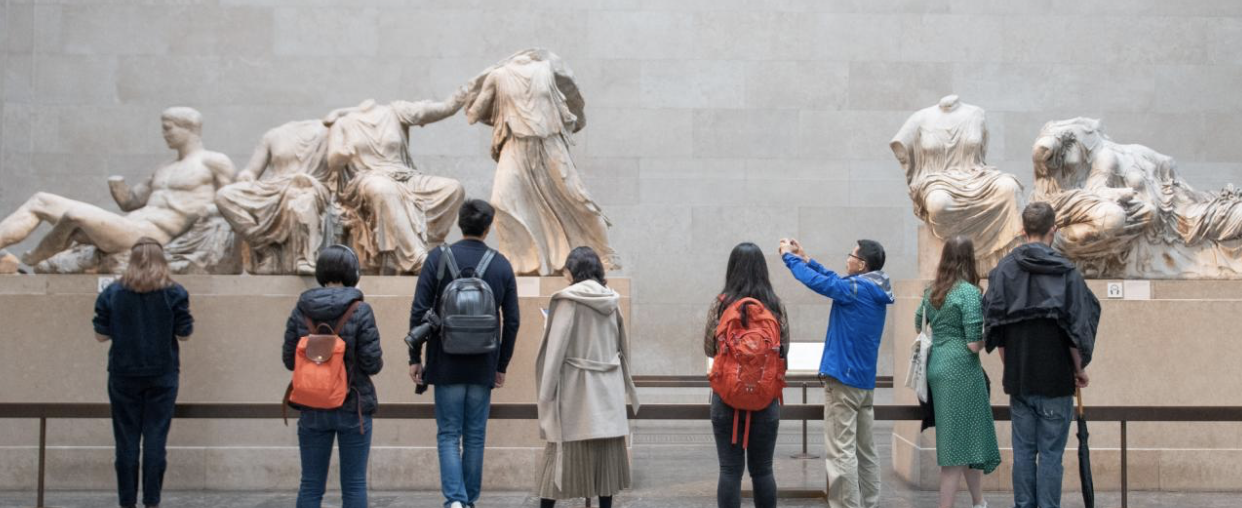
4. The Rijksmuseum in Amsterdam, Netherlands
The Rijksmuseum in Amsterdam, Netherlands, is the pinnacle of Dutch culture and heritage. It’s known for its rich history, diverse collection, and iconic masterpieces. It’s a place where art and history converge to offer visitors a glimpse into the soul of the Netherlands. The museum’s journey through time and creativity is nothing short of remarkable.
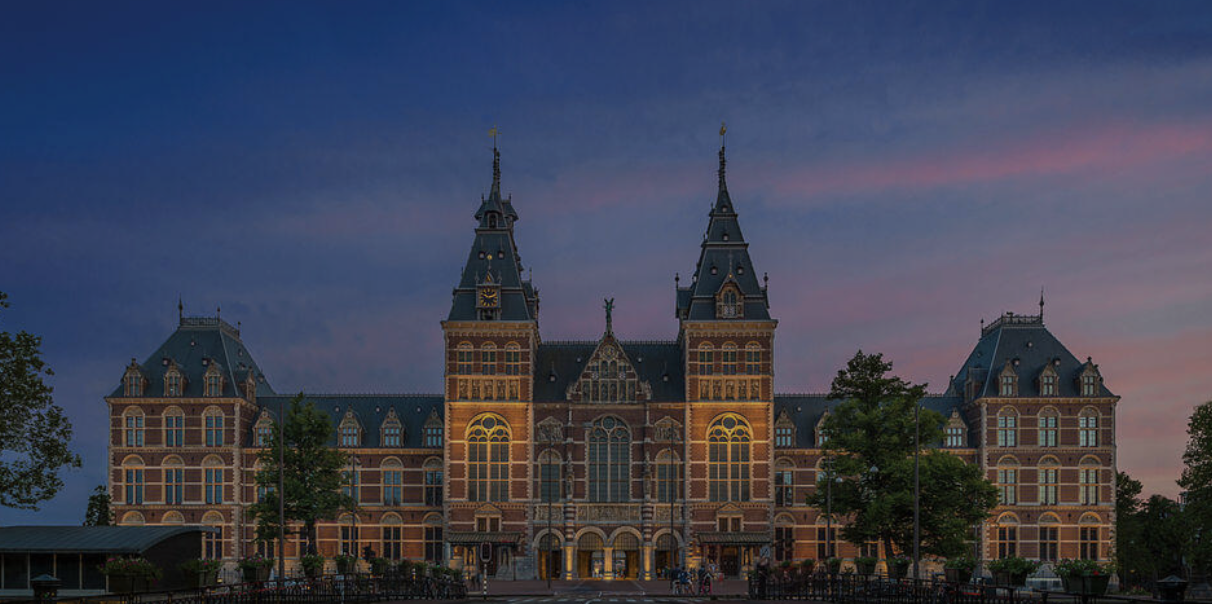
The museum’s history traces back to 1800 when it was founded in The Hague. It found its permanent home in Amsterdam in 1808, and the current neo-Gothic building, designed by architect Pierre Cuypers, was unveiled in 1885. Cuypers’ architectural masterpiece is an integral part of the visitor experience, setting the stage for the treasures within.
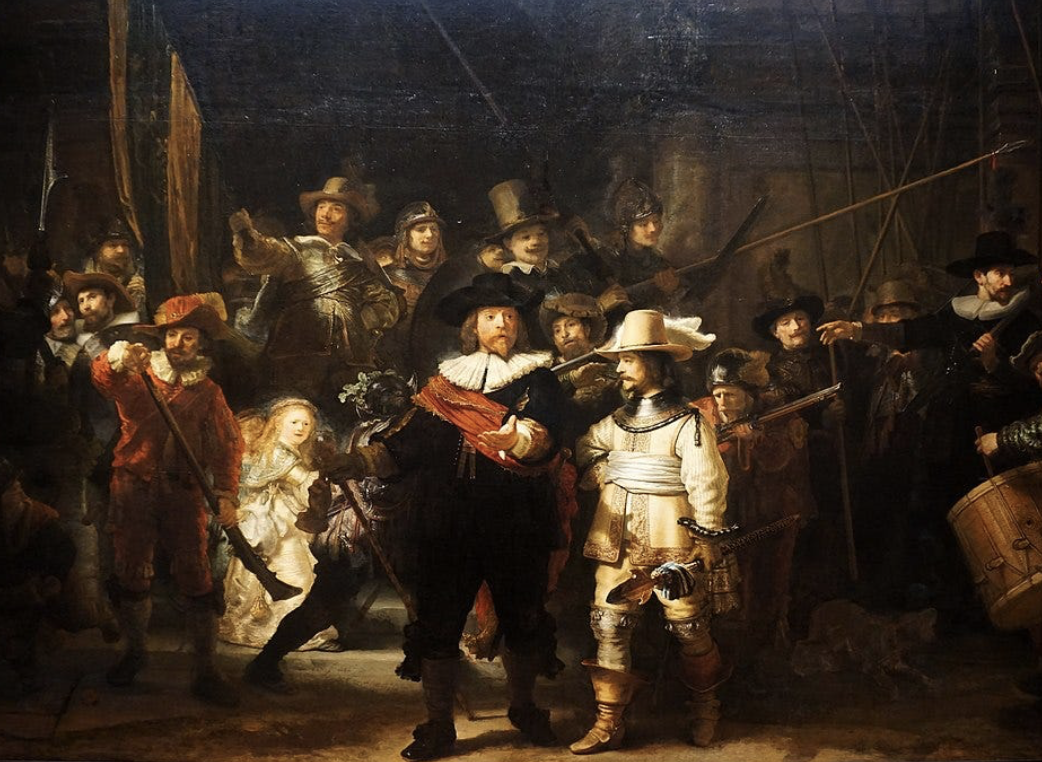
The Rijksmuseum houses an extraordinary collection that spans over 800 years of Dutch and world history. With over a million objects, including 8,000 paintings, 500,000 prints, 30,000 books, and countless historical artifacts, the museum’s collection is both vast and diverse. The collection is divided into various departments, such as Painting, Sculpture, Decorative Arts, and Asian Art, offering a comprehensive exploration of the nation’s creativity and history.

One of the most famous and celebrated works within the Rijksmuseum is Rembrandt’s most famous artwork, “The Night Watch.” This colossal canvas, measuring almost 12×15 feet, features Captain Frans Banninck Cocq and his Civic Guard in a dynamic, lively composition. The painting is revered for its expert use of light and shadow, earning it a dedicated gallery within the museum.
5. The Uffizi Gallery in Florence, Italy
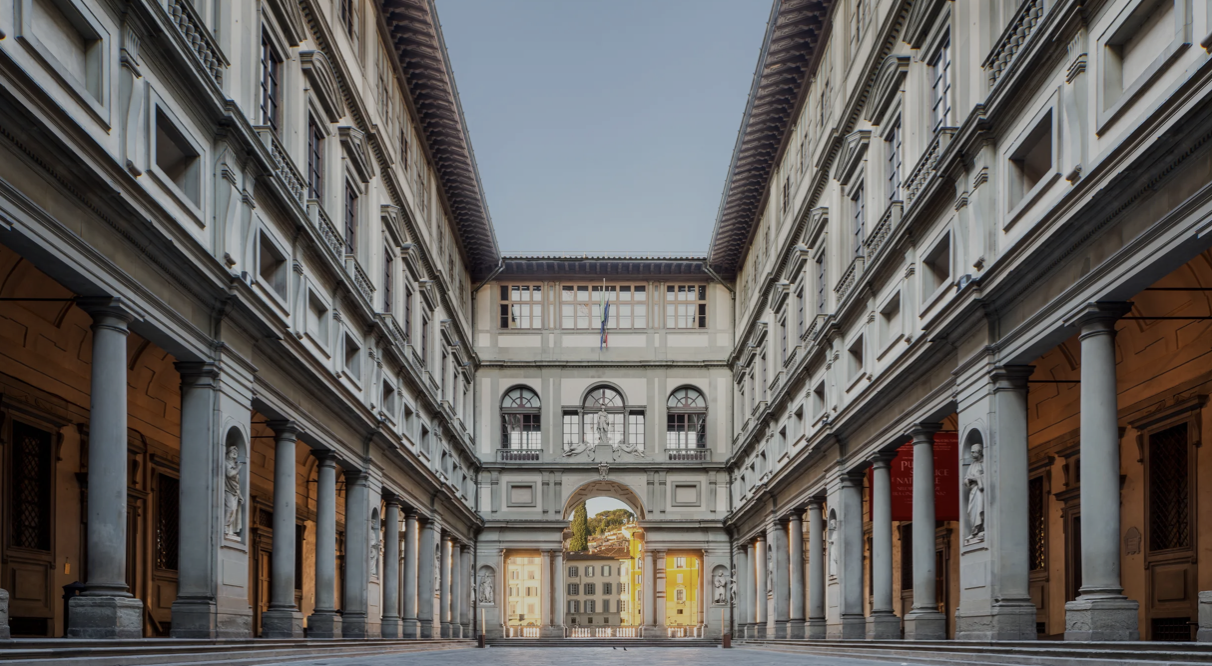
The Uffizi Gallery, nestled in the heart of Florence, Italy, is a true jewel in the crown of the art world. Its remarkable collection, historic significance, and magnificent architecture make it a must-visit destination for art enthusiasts and history buffs alike.

The gallery’s story begins in the late 16th century when it was conceived by Giorgio Vasari, a renowned artist and architect. The name “Uffizi” translates to “offices,” and it was originally designed to house the administrative offices of the city, making it an architectural marvel of both form and function.
The Uffizi Gallery officially opened its doors as a public museum in 1765, and it swiftly gained a reputation as one of the world’s most prestigious art institutions. It holds the distinction of being one of the oldest art museums globally and is a testament to Florence’s role as a birthplace of the Renaissance.
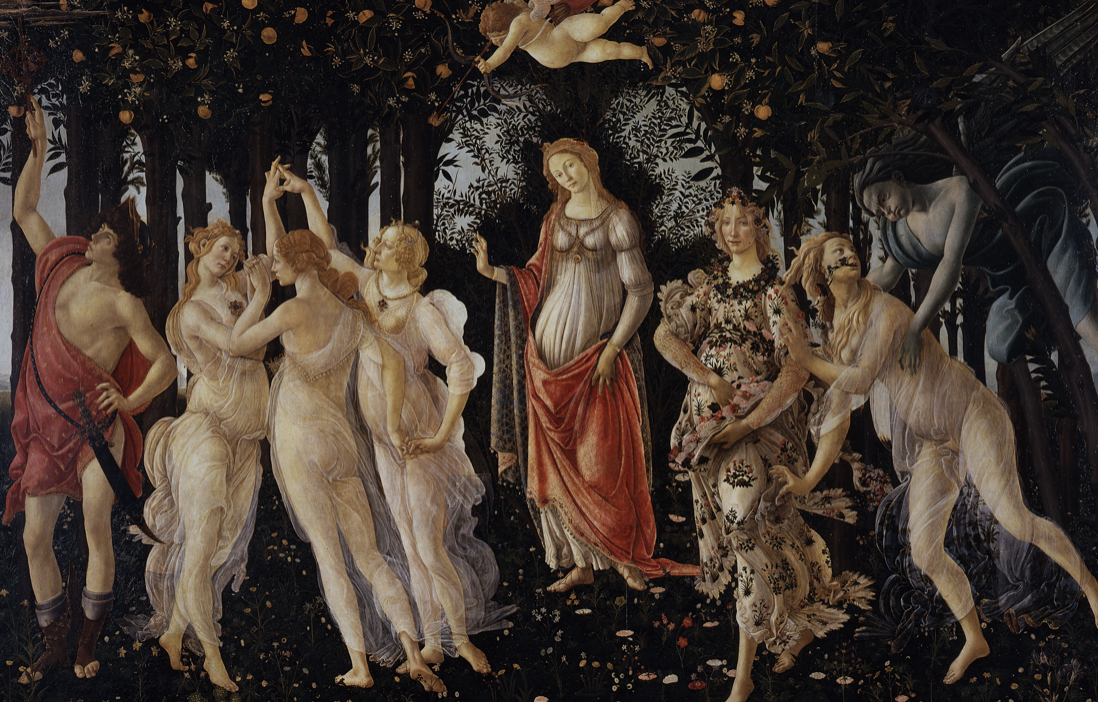

Prominently featured in the Uffizi are works by Italian masters such as Giotto, Botticelli, Michelangelo, Raphael, and Leonardo da Vinci. The gallery’s extensive collection of paintings is particularly renowned. Botticelli’s “The Birth of Venus” and “Primavera” are among the most celebrated paintings, showcasing the ethereal beauty and grace that epitomize the Renaissance period.
One of the Uffizi’s masterpieces, Sandro Botticelli’s “The Birth of Venus,” captures the essence of Renaissance art, with its idealised figures and exquisite use of colour. The painting depicts the goddess Venus emerging from the sea in a delicate seashell, her graceful form exuding beauty and serenity.
6. The State Hermitage Museum in St. Petersburg, Russia
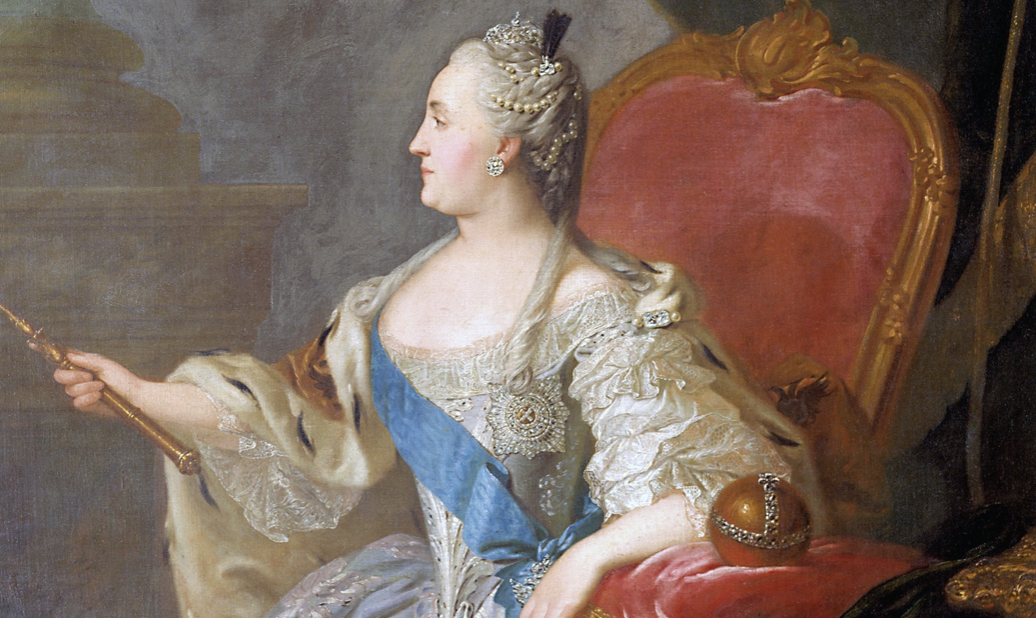
The Hermitage’s origins trace back to Catherine the Great, the formidable Empress of Russia in the 18th century. She founded on of the most famous art galleries in 1764 when she acquired an impressive collection of Western European art. The Hermitage takes its name from the French word “ermitage,” meaning “hermit’s abode.” This name is aptly descriptive, as the museum began as a private retreat for the empress, accessible only to a select few. It was initially housed in the Small Hermitage, a charming palace situated alongside the Neva River.
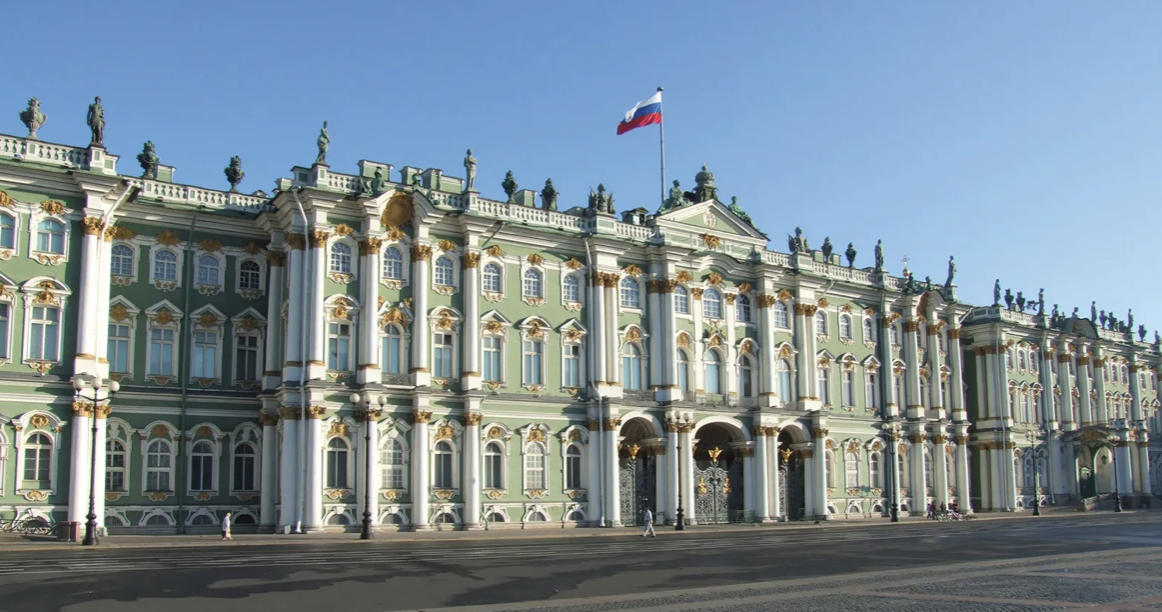
Over the years, the Hermitage’s collection expanded significantly as Catherine acquired art, artefacts, and cultural treasures from around the world. She constructed several interconnected buildings, including the Large Hermitage, the Hermitage Theatre, and the Winter Palace, which served as the official residence of the Russian monarchs. The grand architecture of these buildings, created by renowned architects such as Bartolomeo Rastrelli, adds to the museum’s historical and aesthetic allure.
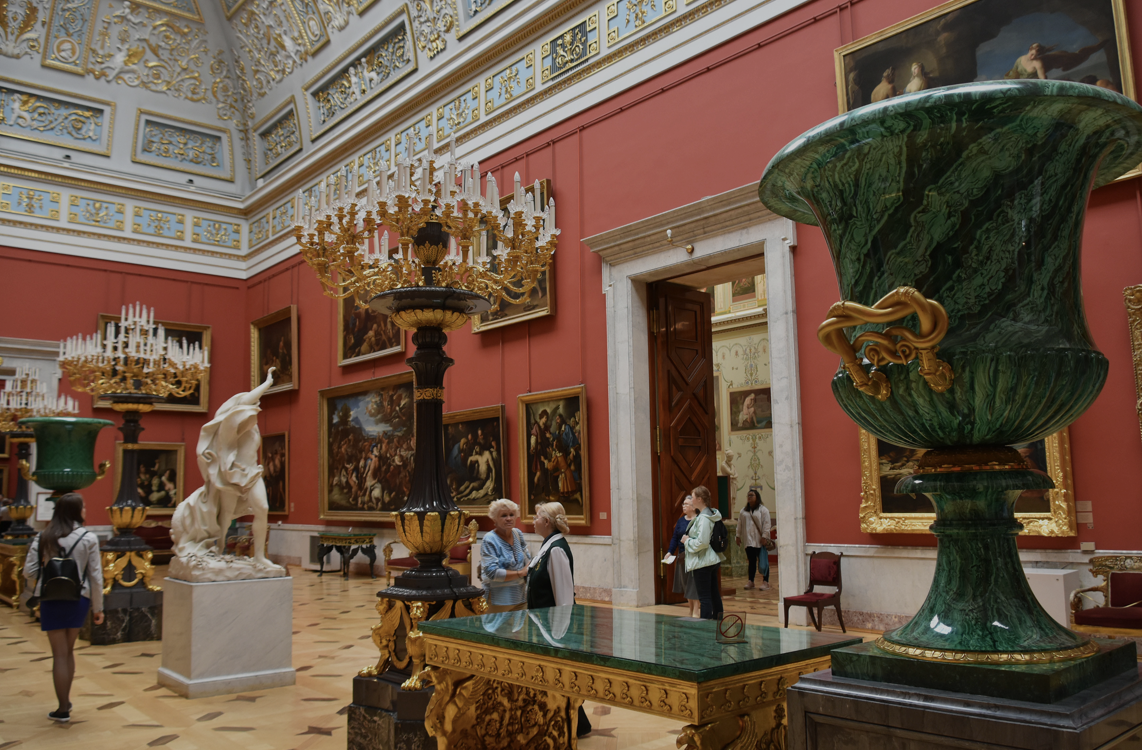

The Hermitage’s collection is colossal, with over three million items spanning a multitude of categories. Its art collection alone boasts more than three million artworks, including paintings, sculptures, decorative arts, and more. The museum is divided into several departments, with distinct areas dedicated to various artistic movements, regions, and periods.
The Hermitage is not solely dedicated to art. It houses extensive collections of artefacts, including numismatics, archeology, and decorative arts. Furthermore, the museum holds one of the world’s most extensive collections of Egyptian and Middle Eastern antiquities. These artefacts reflect the ancient civilisations of these regions and offer a window into their histories.
7. The Tate Modern in London, England
The Tate Modern, located in London, England, is a contemporary art museum that stands as a testament to modern art’s power, influence, and relevance in today’s world. As one of the United Kingdom’s most esteemed cultural institutions, the Tate Modern has left an indelible mark on the global art scene.
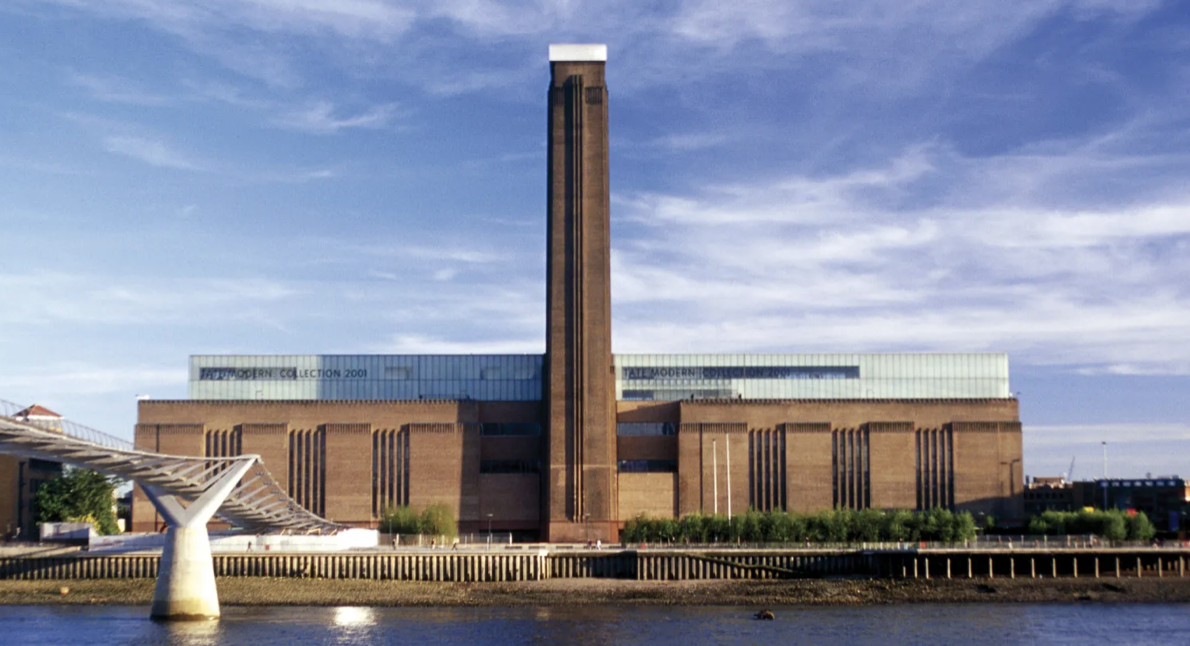
Unlike other famous art galleries, the museum was born from the ashes of the Bankside Power Station, a massive structure that once generated electricity for London. This industrial relic was transformed into a cathedral of contemporary art when the Swiss architectural team of Herzog & de Meuron converted the building into the Tate Modern. Opening its doors to the public in 2000, the Tate Modern has since become a centre for contemporary art, attracting millions of visitors from around the world.
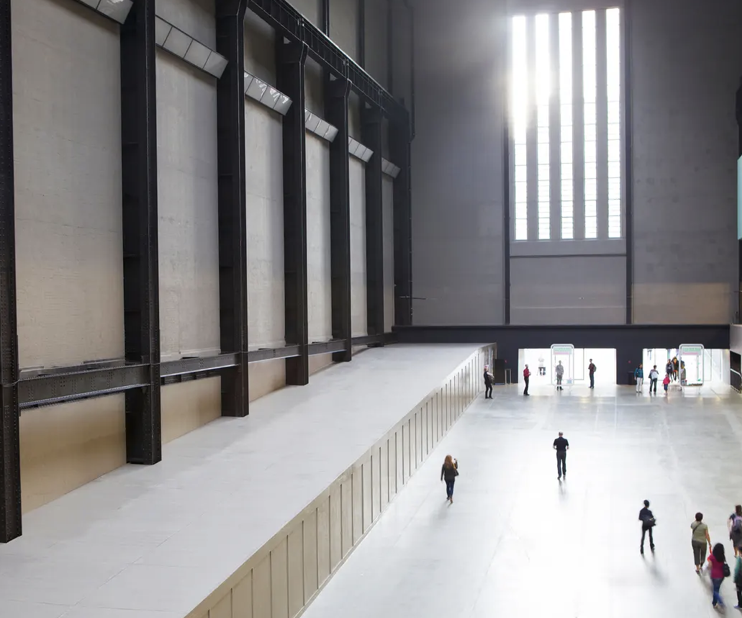
The museum’s architecture is, in itself, a work of art. The conversion retained much of the power station’s raw and industrial character, with massive brick walls and a towering chimney stack that soars above the Thames River, contributing to the distinctive London skyline. The museum’s Turbine Hall, a vast, cathedral-like space at the heart of the building, has become famous for its monumental, site-specific installations that are often as impressive as the artwork within.
One of the Tate Modern’s signature events is the Turner Prize, an annual award presented to a British artist under the age of 50 for an outstanding exhibition or other presentation of their work. This prize has had a profound impact on the British art scene and is a notable highlight for the museum’s calendar.

In addition to its permanent collection and temporary exhibitions, the Tate Modern hosts educational programs, workshops, lectures, and symposia, engaging the public in conversations about contemporary art and its significance. These programs provide an avenue for understanding and appreciating the complex, often challenging, works presented in the museum.
8. The Museum of Modern Art (MoMA) in New York City, USA

The Museum of Modern Art, commonly known as MoMA, is a prestigious institution nestled in the heart of New York City. It stands as an iconic haven for modern and contemporary art, both a reflection and a shaper of the city’s cultural vibrancy.
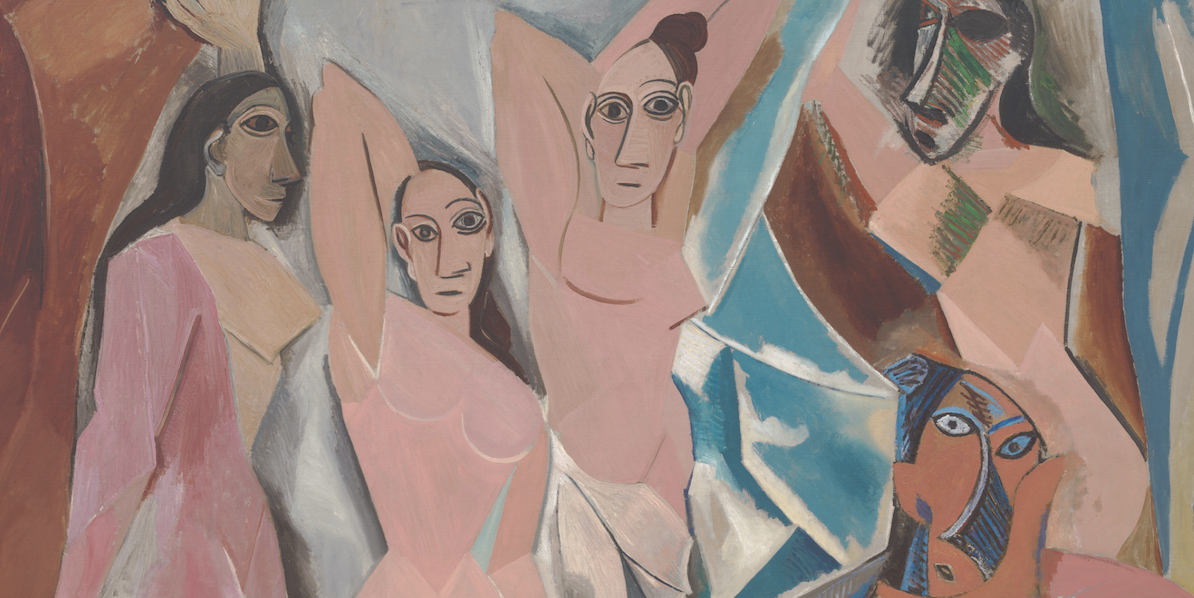

MoMA was founded in 1929, conceived by a group of influential figures in the art world, including Abby Aldrich Rockefeller and Lillie P. Bliss. Their vision was to create a space where the public could engage with contemporary art and explore its ever-evolving forms. Over time, MoMA’s collection expanded significantly, embracing a broad spectrum of art movements and styles not featured in other famous art galleries.
MoMA’s collection is unparalleled in its representation of modern and contemporary art. It features a rich array of artworks across various mediums, including painting, sculpture, photography, film, design, and more. Some of the prominent artists represented include Pablo Picasso, Vincent van Gogh, Claude Monet and Andy Warhol.
9. The Prado Museum in Madrid, Spain

The Prado Museum, officially known as the Museo Nacional del Prado, is an artistic treasure trove located at the heart of Madrid, Spain. The origins of the Prado Museum can be traced back to the royal collections of Spanish monarchs. In 1819, King Ferdinand VII founded the museum, opening its doors to the public just one year later. Its history is deeply intertwined with the Spanish monarchy, serving as a testament to their patronage of the arts and the enduring cultural legacy it represents.
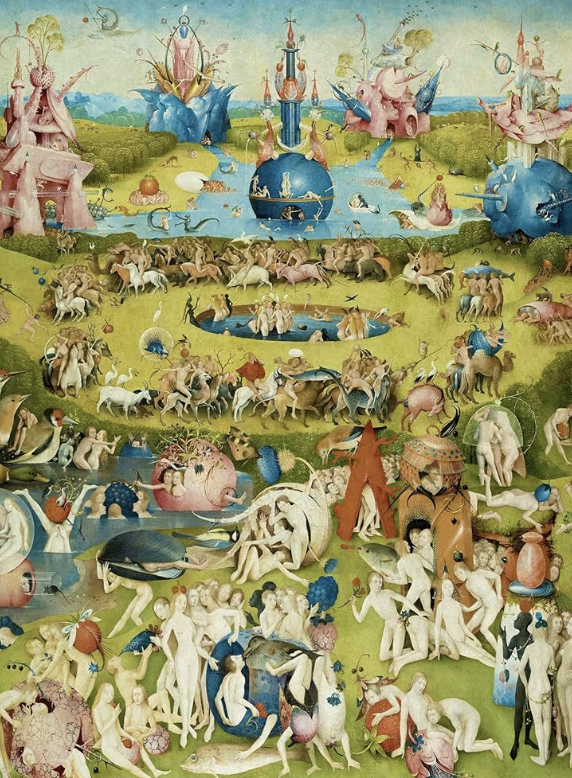
The architectural magnificence of the Prado Museum is an artwork in itself. Many of the worlds most famous art galleries are art themselves. The main building, designed by the eminent Juan de Villanueva, is a prime example of Neoclassical architecture. Its elegant façade, grand entrance, and stately corridors provide visitors with an awe-inspiring experience. Over the years, the museum has undergone extensions and renovations, further enhancing its ability to captivate all who enter.
The true crown jewel of the Prado Museum is its world-renowned collection of European art spanning from the 12th to the early 20th century. The museum’s galleries house works by some of the most celebrated European painters including Diego Velázquez, Francisco Goya and Hiëronymus Bosch.
10. The Guggenheim Museum in Bilbao, Spain
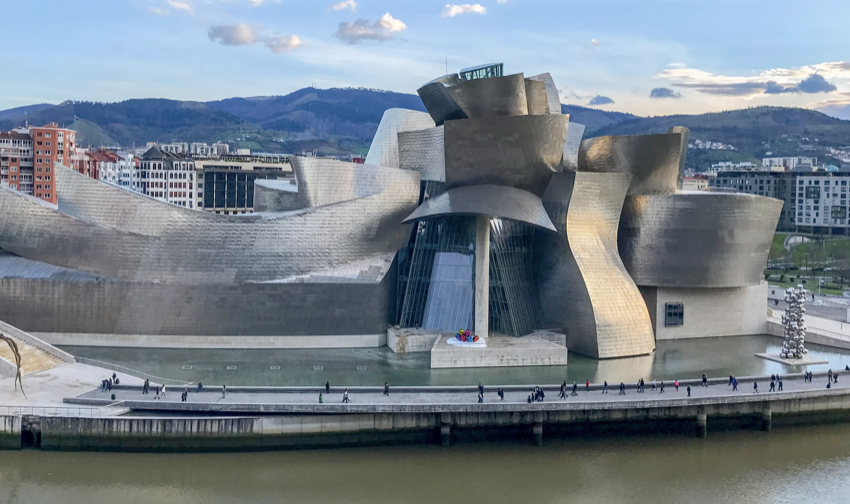
One of the primary reasons the Guggenheim Museum Bilbao is one of the most famous art galleries is its extraordinary architecture. Designed to resemble a ship, the building features curved and undulating forms that challenge conventional architectural norms. It is a masterwork of architecture, characterised by a bold and innovative design that defies traditional rectilinear structures.
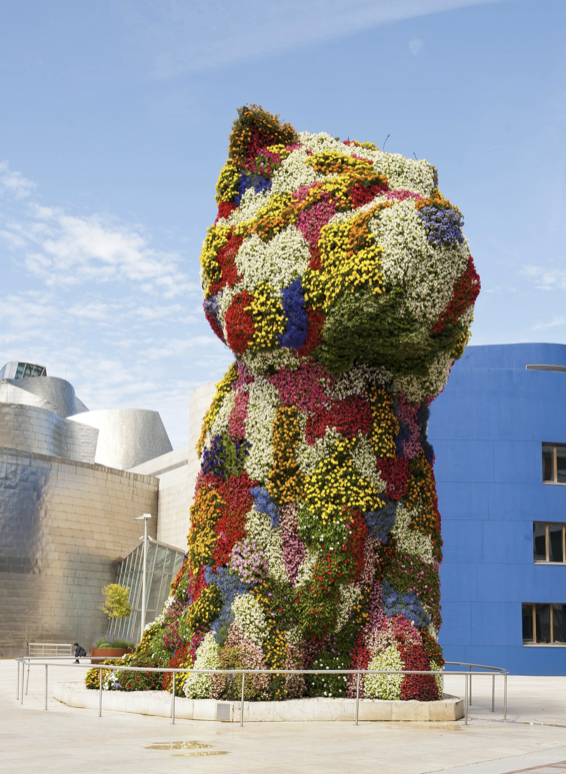
The museum’s iconic exterior is covered in 33,000 titanium plates, which, due to their reflective nature, appear to change colour with variations in light and weather. The shimmering surface of the building creates a kinetic effect that, together with the fluid forms, makes the museum a captivating spectacle from every angle and one of the most famous art galleries. Whether in bright sunshine or under overcast skies, the Guggenheim’s façade reflects the ever-changing moods of Bilbao.
Visitors can explore a vast range of artistic expressions, from monumental sculptures to paintings and multimedia installations. The museum’s collection features works by celebrated artists such as Andy Warhol, Mark Rothko, Jeff Koons, and Eduardo Chillida, among others. The artworks within the museum are thoughtfully curated and often complement the unique architectural elements that surround them.
Jeff Koons’ colossal “Puppy” sculpture at the entrance to the museum is an essential part of the visitor experience. The sculpture is a 43-foot-tall West Highland White Terrier puppy covered in a carpet of living flowers. It’s not just a stunning work of art but also a symbol of the museum’s commitment to blending art, nature, and innovation.
Check out top-rated local artists near you!
Are you an artist ? Sign Up











